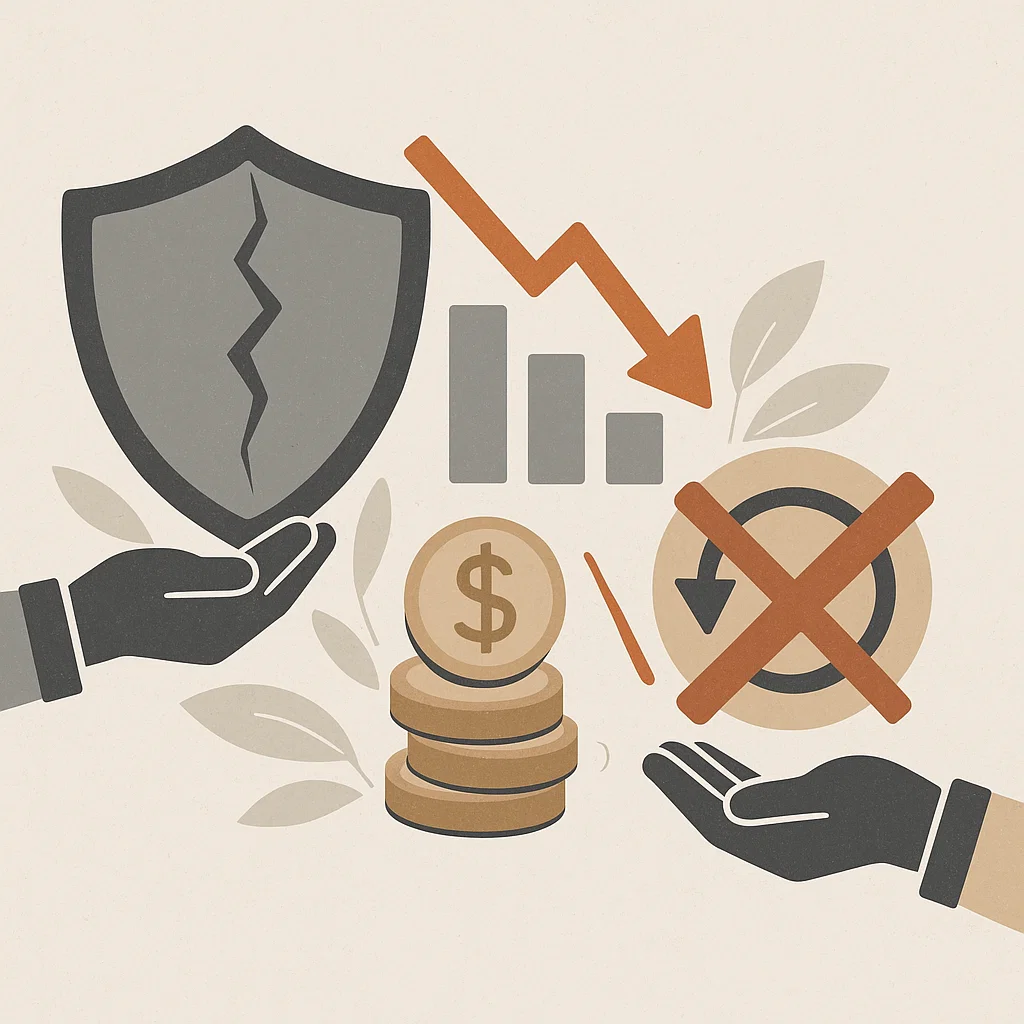Why Crypto Trading Is Still Booming
In 2025, cryptocurrency trading continues to gain momentum as millions of individuals and institutions around the world engage with digital assets for profit, portfolio diversification, and innovation. What began as an experimental movement with Bitcoin has evolved into a dynamic and disruptive financial ecosystem that never sleeps. With decentralized finance (DeFi), tokenized assets, AI-driven bots, and global access, Cryptocurrency trading is now more sophisticated than ever. But behind the hype lies a world of intense volatility, regulatory confusion, and emotional stress. This blog explores the real pros and cons of cryptocurrency trading in 2025, along with expert insights to help you decide if it’s right for you.
The Pros of Cryptocurrency Trading
1. High Profit Potential in Volatile Markets

One of the biggest attractions of crypto trading is its unmatched profit potential. Unlike traditional markets where 10-15% annual returns are considered good, Cryptocurrency assets can deliver 50%, 100%, or even 10x gains in a matter of weeks. Traders who time the market right and follow trends have turned small investments into massive returns. Coins like Solana, PEPE, and ORDI have shown explosive growth recently, making them prime examples of how powerful the crypto market can be. However, this level of profit comes with the caveat of high volatility, which we’ll discuss later.
2. 24/7 Access to a Global Financial Market
Unlike stock exchanges that operate during specific hours, cryptocurrency markets are open 24/7, 365 days a year. This allows traders to buy, sell, or adjust their positions at any time — day or night regardless of holidays or weekends. For many, especially those trading part-time or alongside other jobs, this flexibility is a game-changer. It also means global participation isn’t limited by time zones, contributing to a more dynamic and accessible marketplace.
3. Low Entry Barrier for New Investors
Starting a Cryptocurrency trading journey doesn’t require a large investment or institutional approval. Most platforms like Binance, CoinDCX, and WazirX allow users to start trading with as little as ₹100 or $10. This opens the doors to students, freelancers, and small investors who want to grow their wealth. As long as one has internet access and a verified KYC, they can enter the market instantly. In financially underserved regions, this has become a form of economic empowerment.
4. Decentralized Control and Ownership
One of the strongest appeals of crypto is the fact that users truly own their assets. Unlike traditional banking systems, where your money is technically managed by centralized entities, crypto wallets allow users to hold, send, or trade tokens independently. You’re not dependent on any government, bank, or middleman. This decentralization is especially beneficial in countries with political or financial instability, where people seek more control over their wealth.
5. Automation with Bots and AI Tools
With the advancement of AI and algorithmic tools, trading in 2025 is far more intelligent and automated. Platforms like 3Commas, Pionex, and Bitsgap offer bot-based solutions that execute trades on behalf of the user using strategies like grid trading, DCA (Dollar Cost Averaging), and trend following. This eliminates emotional decision-making and helps maintain consistency, especially for traders who cannot monitor the charts 24/7. AI also assists with market signals, backtesting, and risk assessment, giving retail traders an edge once reserved for institutions.
6. Wide Range of Trading Options
The Cryptocurrency market offers exposure to thousands of assets across various sectors from stablecoins and blue-chip coins to meme coins, DeFi tokens, and NFTs. Traders can diversify their portfolios easily, take part in new launches, or engage in niche markets like GameFi and metaverse tokens. This abundance of opportunities allows traders to tailor their strategies based on risk tolerance, market trends, and investment goals.
The Cons of Cryptocurrency Trading
7. Extreme Volatility and Risk

While volatility is the main driver of profit, it’s also the biggest risk in cryptocurrency trading. Prices can swing dramatically within minutes due to market sentiment, news, tweets, or whale movements. A coin that’s up 60% today can crash 80% tomorrow. Many new traders suffer losses by entering trades emotionally, chasing pumps, or failing to use stop-loss orders. Without proper risk management, this market can be financially devastating.
8. Security Risks and Hacking Threats
Despite technological improvements, the crypto space still suffers from hacking, phishing, and exchange vulnerabilities. Traders who do not use proper security measures risk losing their funds permanently. Centralized exchanges may get hacked, and if your private keys are compromised, there’s no way to recover your assets. Even in 2025, user awareness and cybersecurity hygiene remain crucial to surviving in the market.
9. Lack of Regulation and Legal Clarity
Regulatory uncertainty continues to be a challenge for crypto traders across the globe. In India, the government imposes a 30% tax on crypto gains and a 1% TDS on every trade, yet the broader policy remains unclear. In other countries like China, crypto is banned, while in places like Dubai or El Salvador, it’s welcomed with open arms. This inconsistency makes it difficult for traders to plan long-term or operate with full confidence.
10. Scams, Rug Pulls, and Pump-and-Dump Schemes
As the Cryptocurrency market grows, so do scams. Many fraudulent tokens appear legitimate with polished websites and influencer endorsements but are designed to steal investor funds. In a rug pull, developers suddenly withdraw all liquidity and vanish. Pump-and-dump groups manipulate low-cap coins to trap retail traders. These malicious activities are widespread and often hard to detect for new traders
11. Technical Complexity and Learning Curve
Cryptocurrency trading isn’t as simple as buying and selling. To succeed, one must learn technical analysis, understand trading indicators like RSI and MACD, grasp candlestick patterns, read charts, and navigate complex platforms. Without proper education and practice, the learning curve can lead to confusion and costly mistakes. Unlike traditional investing, crypto requires continuous learning.
12. No Investor Protection or Refund Mechanism

The decentralized nature of crypto means that, while you control your funds, you’re also fully responsible for them. There’s no FDIC, insurance, or regulatory body to recover stolen funds or reversed transactions. If you send crypto to the wrong address or fall for a phishing attack, you’re likely on your own. This makes self-custody powerful but also risky for careless users.
13. Emotional Stress and Burnout
Crypto’s fast-moving nature, constant price fluctuations, and fear-driven community can create mental exhaustion. Traders often become addicted to checking charts, feel anxiety over losses, or suffer sleepless nights during crashes. Many lose money not due to market failure but because of emotional reactions and lack of discipline.
Is Crypto Trading Right for You?
Crypto trading in 2025 offers immense potential, but it’s not for everyone. If you’re disciplined, analytical, and willing to invest time in learning, the crypto market can reward you handsomely. But if you’re emotionally reactive, seeking quick profits, or unwilling to manage risks, it may lead to more harm than good. The key is to treat trading like a business not a gamble.
Legal and Tax Landscape in 2025
Countries around the world are tightening regulations on crypto trading. In India, a 30% flat tax is levied on profits, with a 1% TDS on every transaction. The U.S. has introduced stricter crypto reporting laws, while the European Union classifies crypto as a taxable asset. On the other hand, countries like El Salvador and UAE are attracting crypto entrepreneurs with tax-friendly policies. Traders must stay compliant by keeping clear records of transactions and consulting legal experts.
Tips for Safer Crypto Trading
To minimize risks, always use trusted and KYC-verified exchanges. Enable two-factor authentication (2FA), avoid unknown coins with no community, and store long-term assets in cold wallets like Ledger or Trezor. Never invest based on hype, and always perform your own research (DYOR). Using stop-losses and setting a trading limit can protect your capital during downturns.
The Balanced View
Cryptocurrency trading in 2025 is full of opportunity but also filled with pitfalls. It offers unmatched profit potential, technological innovation, and financial freedom but only for those who respect the risks involved. Success in crypto doesn’t come from luck alone. It requires research, discipline, and a strong mindset. If you’re prepared to handle the volatility, stay informed, and trade with caution, crypto can be a powerful tool in your financial journey. Learn more with Jatininfo.in.














